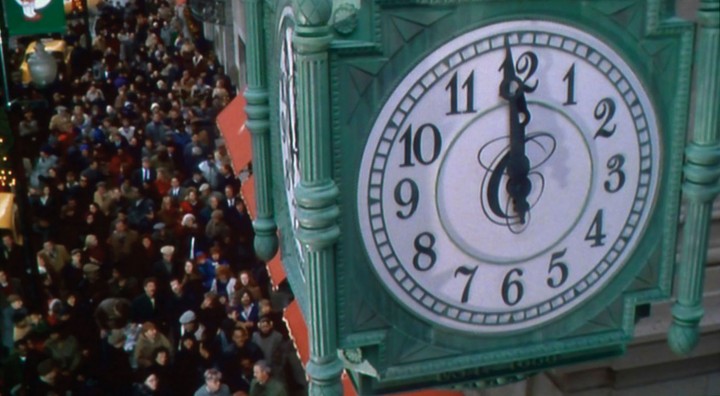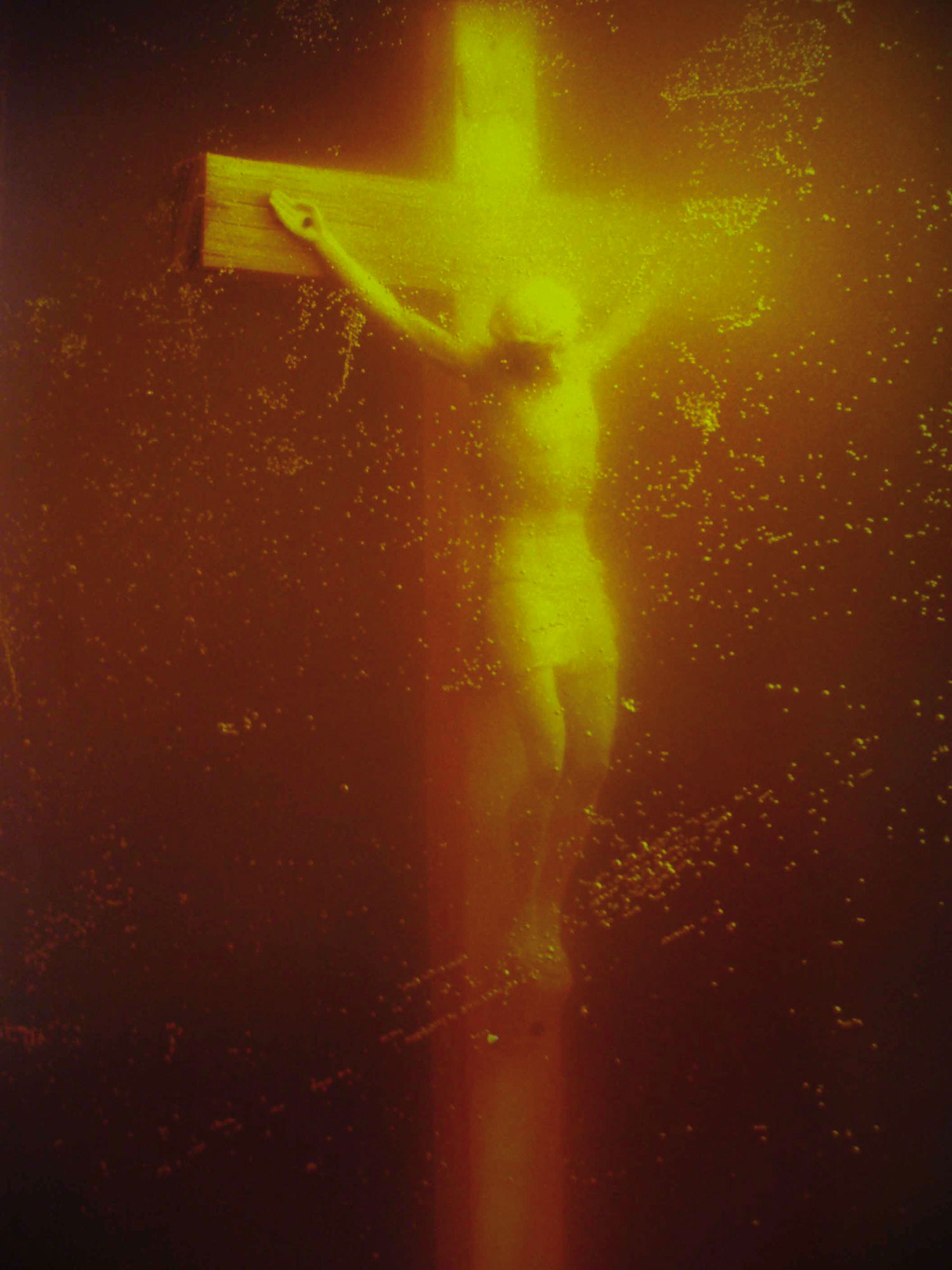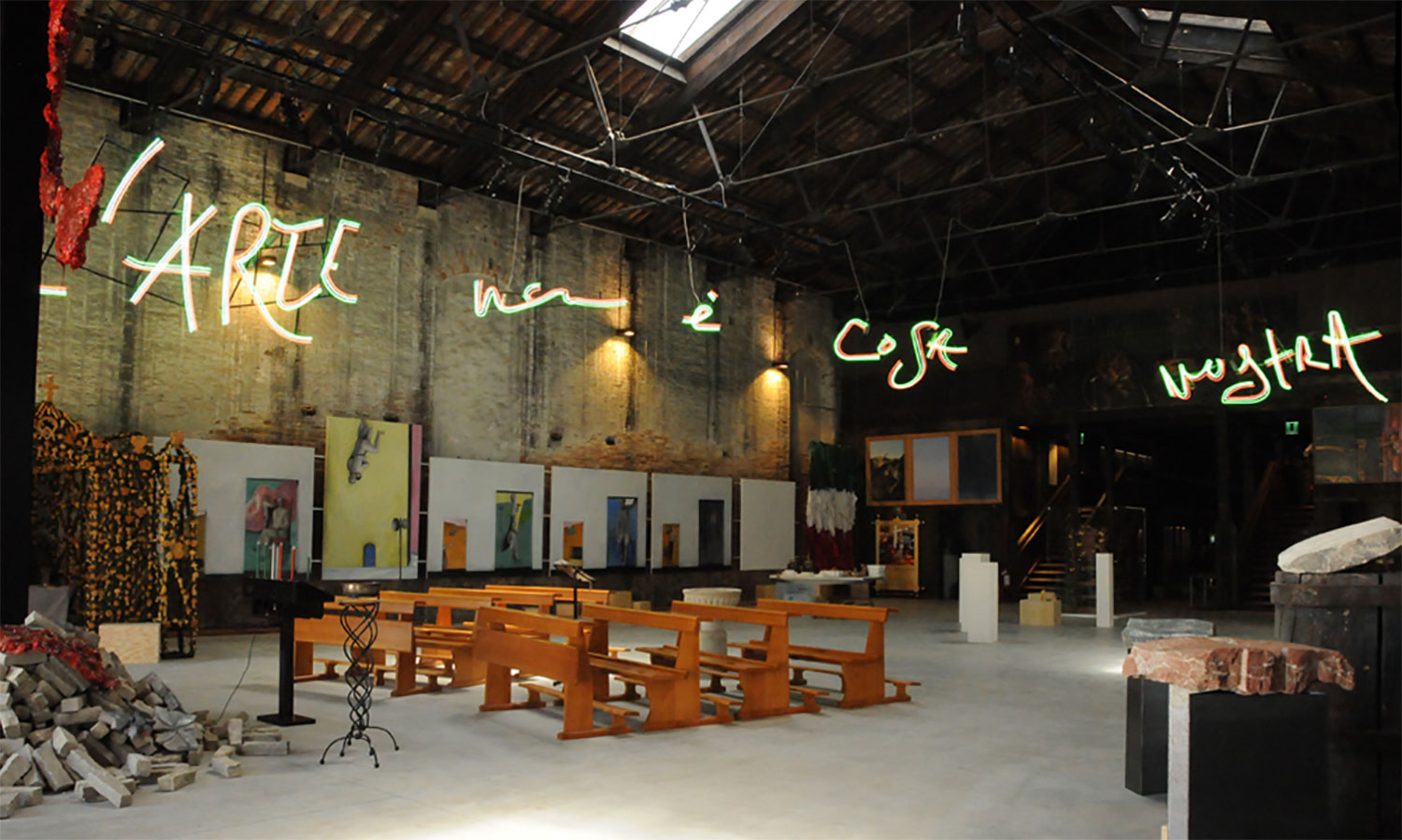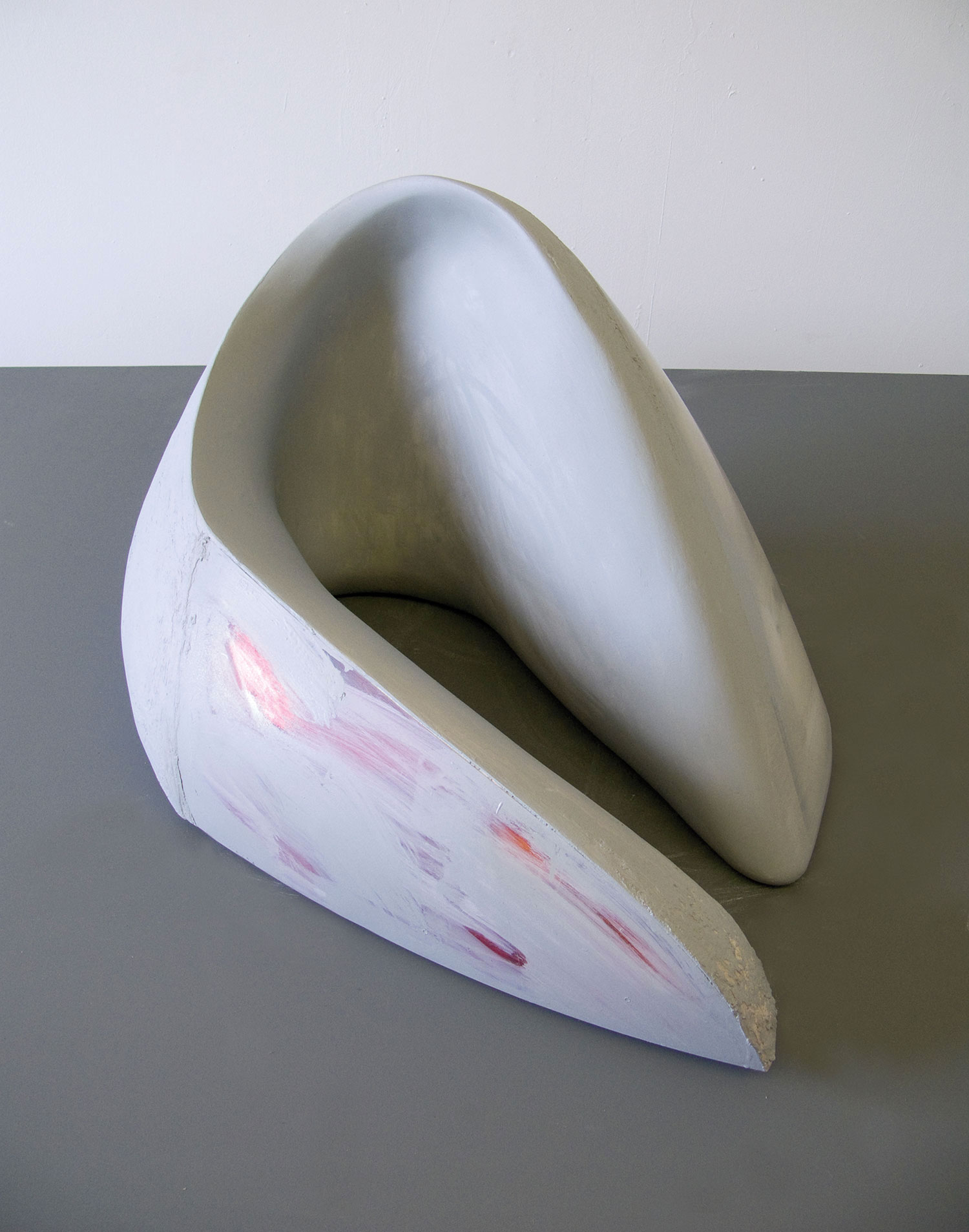A tale of a Nose
Everyone talks of the high life, money, carousing and non-stop parties of Venice. I love touching antennas with the art tribe. But by now I find that my last antennae touch happens around 9:45 pm. Now, as I head back to my hotel, I run into scores of people I know on their way to some other event. They always stop and gush, “I’ve just been at the party from Hell.” I so enjoy how the art world loves Hell.
The entire time I was in Venice I was astonished by stories I’d hear and pictures I’d see on blogs the next day. The gigantic parties, celebrities I didn’t even know were there, art stars with oligarchs, young artists ferried about on collectors’ private water taxis, the art world packed into palazzos and fancy hotels, always screaming at the top of their lungs to be heard over whatever “important DJ” had been flown in first-class. But that is what these shindig sleepovers are. And it’s all good — even if I miss the good stuff and end up writing in my hotel room, which is good in its own way, as well.
Of all of stories I heard and read about bad parties, seating disasters, failed social connections, bouncers at bars and woeful tales of no wifi, the most old-fashioned pirate high-Bohemian and sweet of them is New York art-dealer extraordinaire, Michele Maccarone’s.
On the first night of this blow-out, as I was heading home, I ran into Maccarone — who was obviously on her way to somewhere else. I asked this walking energy-generator quote-machine why she was wearing such dark sunglasses this late. She looked at me for a silent second, burst out laughing, and said, “Okay; you really want to know?” I said, “Yes. I won’t tell anyone.” (She later graciously gave me permission to take a pic and tell.) She took off her sunglasses. The bridge of her nose was bashed in. She then told me what happened. A week before she was there helping her artists install their works. (Basically she was being Shirley MacLaine in Terms of Endearment, screaming for help for her artists. I assure you you’d give her a hammer if you heard how Maccarone asked.) But long story short: Around 3:30 am one night, tipsy and tired, she was walking back from who-knows-where. She was far from her apartment and had to pee. So she squatted down facing forward over the ledge to go in the canal. And she fell in and broke her nose. As she told me how two Carbonari eventually came, found her on the ledge, helped her pull up her underpants and take her to a hospital, she roared. So did I.

The Ugly American at the Venice Biennale
“This makes me embarrassed to be an American,” the mega-curator of an extremely well-known U.S. art museum groaned to me.
We were standing in front of what was truly a spectacle of American proportions. Directly in front of the U.S. Pavilion in the beautiful Giardini, main site of the Venice Biennale — which opened on Saturday, June 4, 2011 — the artists Allora & Calzadilla have placed a 60-ton army tank. It’s a real one, shipped from England at who knows what expense, turned upside-fucking-down, turret and gun barrel on the ground, steel treads to the sky. Atop this warlord wedding cake, they’ve installed a treadmill where a world-class runner works out for 15 minutes of every hour. It’s the health club from Hell, Afghanistan in Venice, and it makes a humongous racket that can be heard all around the Giardini. I looked back at the curator and said, “I think being embarrassed to be an American is partly what this is about.”
It was Tanks ‘R’ Us: We Americans are making this incredible noise, flexing our might, playing police force to the world, entertaining ourselves and anyone who’ll watch, being grandiose and goony and needy, all the while trying to stay fit. (The pyramid structure has a runner on top, just where another culture might put a figure of winged victory or a gargoyle.) Yet this monumental, Babel-like totem pole in this place at this time — while obnoxious, ostentatious, clamorous and gross in its implications — is, like a lot of art, also an amazing strange fact.
Allora & Calzadilla have found a way to encapsulate, possibly exorcise, summon and certainly give visual form to the freaked-out way the world sees the United States. It’s about what people think before they set foot in the U.S. Pavilion (just as they, and we, come into the pavilions of Germany, France, Korea and other countries with entirely different preconceived notions). It’s ever-present but always-invisible content, left over from centuries or piled up in only decades. As I walked away from this infernal piece, I said to the curator, “Now, that’s America.”

Generation Blank
I went to Venice, and I came back worried. Every two years, the central attraction of the Biennale is a kind of State of the Art World show. This year’s, called “Illuminations,” has its share of high points and artistic intensity. (Frances Stark’s animated video of her online masturbatory tryst with a younger man hooked me; Christian Marclay’s The Clock (2010), which captivated New York earlier this year, rightly won the Golden Lion Prize for Best Artist.) Yet many times over — too many times for comfort — I saw the same thing, a highly recognizable generic institutional style whose manifestations are by now extremely familiar. Neo-structuralist film with overlapping geometric colors, photographs about photographs, projectors screening loops of grainy black-and-white archival footage, abstraction that’s supposed to be referencing other abstraction — it was all there, all straight out of the seventies, all dead in the water. It’s work stuck in a cul-de-sac of aesthetic regress, where everyone is deconstructing the same elements.
There’s always conformity in art — fashions come in and out — but such obsessive devotion to a previous generation’s ideals and ideas is very wrong. It suggests these artists are too much in thrall to their elders, excessively satisfied with an insider’s game of art, not really making their own work. That they are becoming a Lost Generation.
Our culture now wonderfully, alchemically transforms images and history into artistic material. The possibilities seem endless and wide open. Yet these artists draw their histories and images only from a super-attenuated gene pool. It’s all-parsing, all the time. Their art turns in on itself, becoming nothing more than coded language. It empties their work of content, becoming a way to avoid interior chaos. It’s also a kind of addiction and, by now, a new orthodoxy, one supported by institutions and loved by curators who also can’t let go of the same glory days.
Consider the most celebrated younger artists on hand in Venice. A wall label informs that Ryan Gander’s color-squares on the floor derive partly from Mondrian’s. This not only defangs Gander’s art; it makes it safe for consumption. It is art about understanding, not about experience. Rashid Johnson’s mirrored assemblages have luscious physicality but are marred by their reliance on familiar mementos drawn from the recent past. (Unlike his influence, Carol Bove, whose Venice installation of modernist-looking objects opens uncanny windows on seeing, scale and memory, Johnson uses those objects merely as a crutch.) Seth Price’s glossy paintings with rope look like a slick cross between Martin Kippenberger and Marcel Broodthaers, ready-made for critics who also love parsing out the isms of their elders. A feedback loop has formed; art is turned into a fixed shell game, moving the same pieces around a limited board. All this work is highly competent, extremely informed and supremely cerebral. But it ends up part of some mannered International School of Silly Art.
Art schools are partly the villain here. (Never mind that I teach in them.) This generation of artists is the first to have been so widely credentialed, and its young members so fetishize the work beloved by their teachers that their work ceases to talk about anything else. Instead of enlarging our view of being human, it contains safe rehashing of received ideas about received ideas. This is a melancholy romance with artistic ruins, homesickness for a bygone era. This yearning may be earnest, but it stunts their work, and by turn the broader culture.

Best and Worst of the Venice Biennale
At Venice’s enormous, city-filling Biennale art exhibition, there are about 90 national pavilions, in which each country selects one or more artists to exhibit their work. In addition to these, there were more gypsy shows than could be counted. I did not see everything: I was at this art Woodstock for four days, but paid my own way, which meant no expensive water taxis to take me way the hell out to some island show in the lagoon. So while I’m sure I “missed the one thing that should have been seen in Venice” (which is what everyone at the airport kept saying as I prepared to board the plane home), I did see some riveting things, some revolting ones and everything in between. Here are my five personal favorite pavilions and my three least favorite:
Excellent International Debut: Adrian Víllar Rojas (Argentina)
A surprising turn. This young artist created a series of giant archeological columns that seem to come from 10 million years in the future — or might be the last sculptures on earth. His spatial dwarfing, mudlike construction techniques, imagination, scale and notions of history unfolding, out of control, all made me look forward to seeing more from this 31-year-old.
Walkthrough Wonderland: Karla Black (Scotland)
An installation of pastel-colored shapes made of soap, paper and clay mixed with Vaseline and Venetian marble dust. Dirt on the floor creates paths; one comes away with the feeling of an artist in sweet control of a sensitive touch and on her own.
As Real As It Gets…for Now: Mike Nelson (Great Britain)
An enormous, labyrinthine, multi-roomed installation that conjures working-class Istanbul and a mad photographer’s darkroom. Nelson’s brand of hyper-realism isn’t to my taste — to me, it’s a series of stage sets gone bananas — but he wowed crowds and took people on some sort of journey to an inner Orientalism of the Mind. So I will bow in this case, without resentment, to the crowd.
Engulfing Glut, Guts, and Good Art: Thomas Hirschhorn (Switzerland)
Hirschhorn’s full-on, all-out building-filling installation involves mannequins, aluminum foil, gruesome war pictures and broken bottles. It’s a true overload, a fabulist fortress of shame, solitude, fury, resolve and artistic/political ambition. My personal favorite, even when it veers toward the didactic and goes over the top.
A New Window Into the Mind: Yael Bartana (Poland)
The three videos in this pavilion take the premise that the Jews of the world have right of return to Poland, where they may build settlements. They’re too HBO-slick and overlong by half, but the gripping idea behind them sticks in the mind — even if it would start another world war.

Bad But Loved by the Pros, As Usual: Christian Boltanski (France)
Christian Boltanski’s overblown printing-press contraption whirs at breakneck speed, producing black-and-white baby pictures: It’s Festivalism — art made for events like this, and nothing more — at its most bloated, bland and pointless. I’m continually baffled by how beloved Boltanski is by the Curatorati. Indeed, I ran into two mega-curators in Venice (a former documenta curator and a major London museum director) who said to me, “Boltanski is good, right?” I replied, “You two have been trying to tell me Boltanski is great for twenty years.” He’s not.
Vengeance Will Be the Bad Curator’s: Vittorio Sgarbi (Italy)
Far worse than Boltanski’s merely bad art is Vittorio Sgarbi’s malevolent bad-faith, art-hating arrogance in the ugliest contemporary-art exhibition that I have ever seen. ArtInfo identifies Mr. Sgarbi, a politician, writer and collector, as “the Glenn Beck of the Italian art world,” and indeed there is a kind of paranoid madness present here. His pavilion is an unmitigated visual onslaught installed on walls and curving shelving units. It’s almost all academic kitsch, bad figure painting or anything the curator imagines as anti-avant-garde. Being reactionary is nothing new, but this is extraordinarily bad. The New York Times (in a review that, full disclosure, was by my wife) called the show “unredeemable” and a “national scandal.” Is there anything good about this cattle call? Perhaps only that it won’t be surpassed anytime soon.
Thanks for the Memories, But That’s all: Allora & Calzadilla (America)
I’ve already written about this super-hip artistic duo’s gargantuan encapsulation of the Ugly American via tank and treadmill. Had I been the curator, however, I would have tried to stop them there, because everything else they’ve done inside their pavilion is obvious, redundant or silly. The first work you see inside the door is a black-painted, seven-and-a-half-foot replica of the Statue of Freedom (also known as Armed Freedom), the bronze sculpture that has stood atop the U.S. Capitol dome since 1863 — but here it rests prone on a tanning bed. Perhaps meant to evoke a president lying in state, it is so visually dead, pedantic and simplistic that I think it may not even be art. Further along, actual Olympic athletes perform on a set of wooden replicas of business-class airline seats, and in the end it’s just pointless and ugly. The ginormous racket-producing tank spectacle outside is more than enough. It may be drop-dead obvious and may be the most expensive thing one could imagine lugging to Venice, but as one of the more obnoxious national acts ever executed at a Biennale — making American art spill over, dominate and colonize the space outside the building — it serves as an enticingly odious metaphor for our recent wars and “freedom agenda.” The only thing that could be more poignantly odious (in my Jewish mind) would be to have artists from the Israeli Pavilion located two feet away build a settlement here. Then they could have refused to remove it, citing some ancient literary text.





